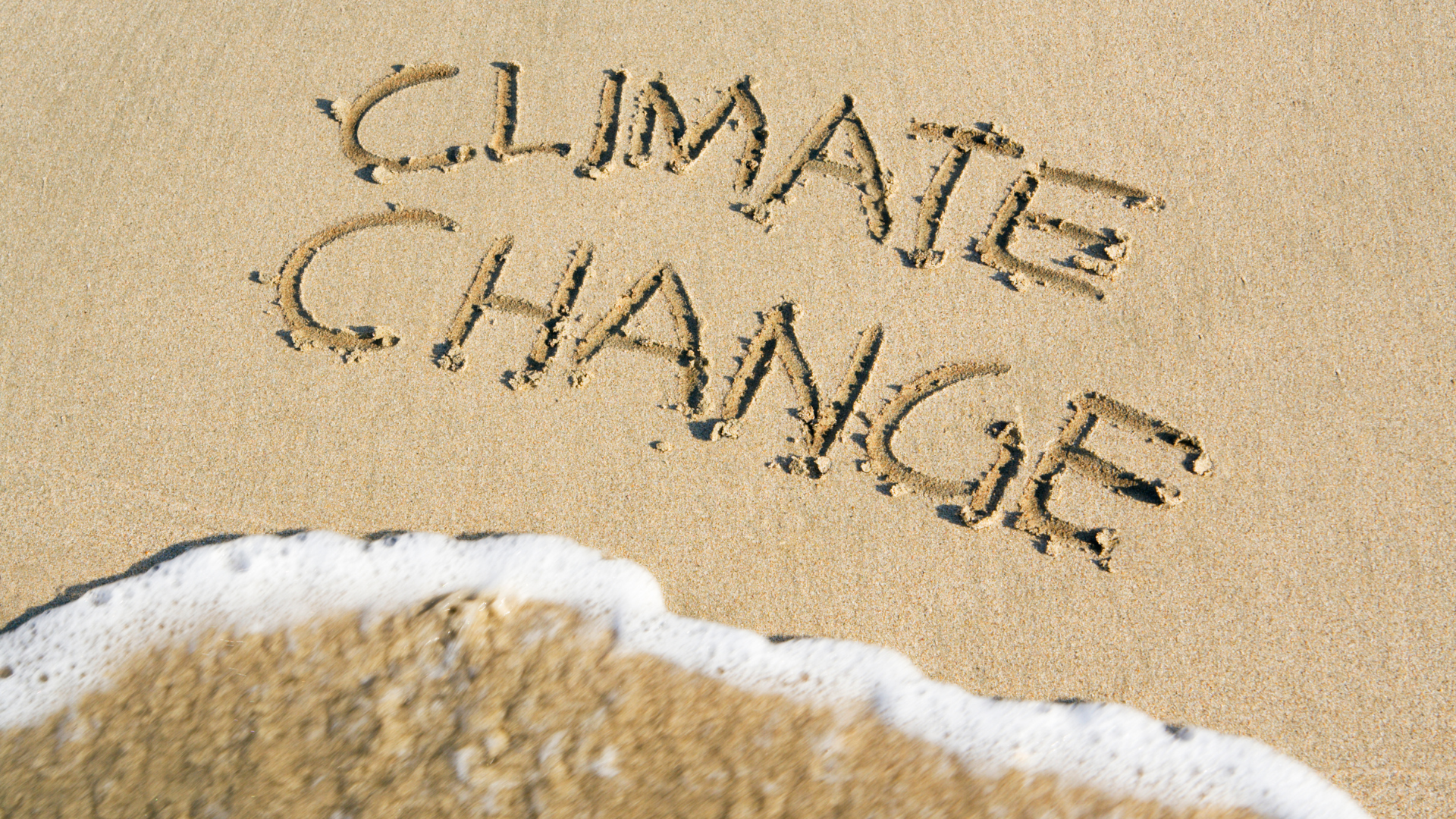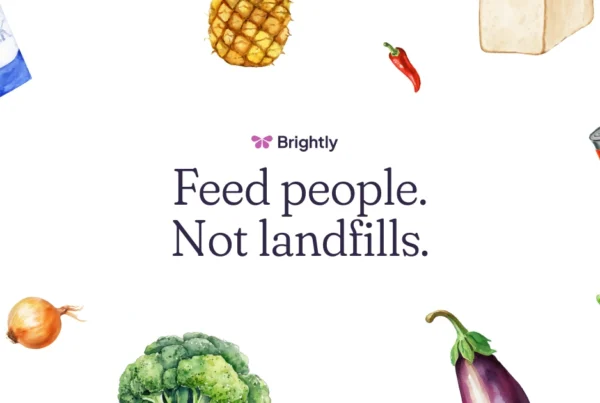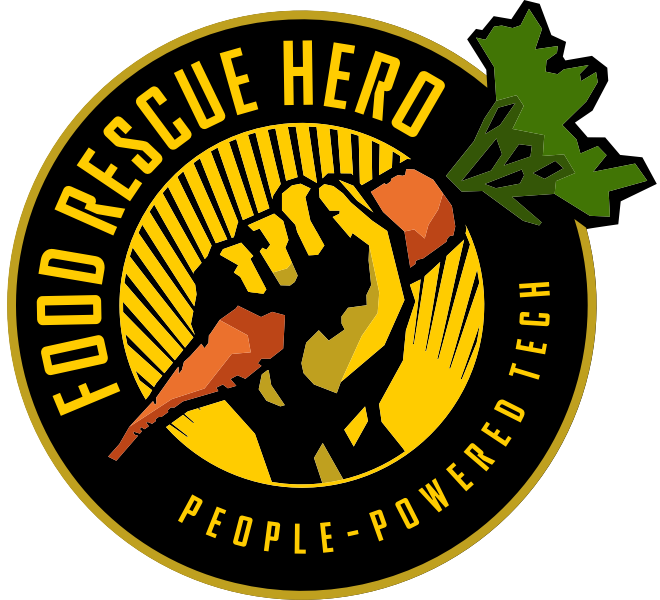Taking simple steps to reduce food waste can make a big impact.
It’s a cruel summer: surging temperatures are spiking climate anxieties, and food insecurity concerns remain urgent. In Pennsylvania, nearly 1.7 million people are food-insecure, and 2024 has seen the state’s highest SNAP enrollment ever. At the intersection of these crises is the daunting challenge of food waste: in the U.S., as much as 40 percent of the food we produce is wasted, representing a tremendous climate impact (including more greenhouse gas emissions than airline travel), while one in ten people goes hungry.
From nonprofit campaigns, to corporate initiatives, to state legislation, to big plans from federal agencies, the fight against food waste is getting more attention than ever, and rightly so – it’s a fast-acting climate solution. But the most effective efforts will involve wide-spread participation, and here’s the good news: all of us can help.
“Reducing food waste has never been more urgent,” says Alyssa Cholodofsky, CEO of Food Rescue Hero. “Fortunately, it has also never been easier for individuals to get involved. Every one of us has the power to reduce food waste, both in our own homes and in our communities. What’s more, we can fight food insecurity at the same time.”
Here are some tips to get involved.
Become a Food Rescue Hero
You can help reduce food waste by downloading the Food Rescue Hero app and joining a network of 53,000 volunteers who have kept 170 million pounds of good food from going to landfills. If the app is active in your community*, you’ll be alerted to food rescues in your area and have the opportunity to transport nutritious food to organizations that can distribute it right away to communities facing food insecurity. Most rescues take under an hour. It’s an easy way to make a big difference.
Start a food recovery organization in your community
No food rescue organization where you live? You can create one! We can help. Visit this link to get started.
Reduce Waste in Your own Home
We can all be part of the solution by understanding that throwing away food is bad for both our budget and the planet. See the tips below, and check out this Ending Food Waste at Home Guide for more.
- Buy what works for your household: The best version of a food waste reduction plan is the one you will actually use. For example, pre-cut produce tends to go bad faster, but if you know you’re more likely to use, say, cubed butternut squash than go to the trouble of breaking down a whole one, opt for the easier version and avoid dooming that squash to slowly languishing away in your pantry.
- Practice proper storage: Some items do best on a counter, others in the fridge in a perforated bag, and others in a closed container. And some foods need to be separated – e.g., apples emit a gas that causes fruits like bananas and avocados to ripen faster.
- Don’t let your fridge become the place that good food goes to die: Keep it organized, for instance with clear bins and date labels. It can be helpful to designate a “use this first” spot or bin for foods nearing the end of their shelf lives.
- Freeze!: Freezing extends the lifespan of your food.
- Don’t give up on your produce: Tired fruits and vegetables can get a second life in soups, stews, preserves, and more.
- Plug into plant power: Research suggests that a global shift to a plant-based diet could reduce greenhouse gas emissions by 70%. Why not start in your own home?
- Compost as a last resort: Composting is a great way to keep inedible food out of the landfill by turning it into nourishment for plants, but your goal should be to prevent as much food as possible from reaching that inedible stage. Much of the carbon impact of our food happens on its way to our pantries – during growing, harvesting, storage, and transport. The more food we allow to spoil, the more food must traverse that long, emission-filled journey to replace it.






